Peter Dornauf – 10 August, 2020
The three different spaces of the gallery provide Hamilton with the opportunity to display a range of slightly different photographic works. The most dramatic are the large ones, four in total, that capture in sepia tones, early morning mist filled paddocks, vistas that possess a moody brooding atmosphere. The simplest and most haunting is 'Level 4 Day 33 Opuatia.'
I think it was Samuel Johnson who once quipped that death helped concentrate the mind wonderfully. During lockdown, photographer Mark Hamilton had a similar experience where a sort of death prompted him to look with more concentrated attention at the ordinary things in his own locale, the very mundane things that normally would be passed over, disregarded and ignored.
Life and his commercial photographic work came crashing down on Wednesday, March 25, the day when the limiting regime of life at Level 4 forced him to lock up his city studio and head home to Pukekawa. With all his commercial photographic contracts cancelled, the world suddenly shrank, yet such a confined and reductive experience proved personally and aesthetically fruitful. Hence the title of his current show at Ramp Gallery, The Liberation of Limitation.
Hamilton found himself looking more closely at things with the clutter of commercial distraction gone, especially noticing the fall of light on surfaces. It was the filtered light, morning to dusk, that captured his attention; light falling across a hallway, across a paddock, through a window.
The three different spaces of the gallery provide Hamilton with the opportunity to display a range of slightly different photographic works. The most dramatic are the large ones, four in total, that capture in sepia tones, early morning mist filled paddocks, vistas that possess a moody brooding atmosphere. The simplest and most haunting is Level 4 Day 33 Opuatia.
Foregrounded is a single post on a slight lean, stabilized by a cord secured to the ground while another series of cords trail off in the other direction, forming a triangular structure. From a certain perspective it could resemble a collapsed crucifixion with a few straggled clumps of wild grasses congregated at the base of the post. The starkness of this mysterious pole gives way to a mist fill horizon in the distance that calls to mind certain images from the work of Casper David Friedrich. The Waikato fog can certainly lend an air of romance to an otherwise ordinary scene, and this enigmatic structure with its photographic treatment evokes something that has the capacity to touch on the arcane and the profound.
A similar effect, though to a lesser extent, is captured in the work, Level 4 Day 28 Opuatia, where a heap of tree cuttings piled up in a paddock are framed by the outline of a fence that runs directly across the horizon line. The soft filtered light helps create an ethereal ambiance to this quintessential Waikato swamp and pasture land.
His bridge series, Level 3 Day 2 Rangiriri, takes the brutalism of concrete and by judicious cropping and monochromatic treatment, finds raw beauty in an otherwise unprepossessing subject.
His interiors, looking at light falling across a floor or out a window, remind one of the paintings of Edward Hopper who was also fascinated with the angled fall of light across objects.
But the preeminent image in the exhibition would have to be one of the smaller images found in a series of ten, Level 4 Day 33 Opuatia. It echoes the larger work of the same title, in that it references the identical mist-filled flat topography—an otherwise empty paddock inside which sits an inscrutable iron gridded structure, a puzzling and somewhat unfathomable construction that looks like an alien edifice, but obviously in reality is simply some agricultural implement.
Hamilton is the master of the mysterious, conjuring the unfathomable out of the commonplace and the everyday. This was something the philosopher Heidegger was at pains to argue for—the creative act of heightening the ordinary and celebrating the magic in the familiar. His beef was that humanity had forgotten the wonder of existence because we had become mired in everydayness, blind to the marvels of being.
The German would certainly have applauded Mark Hamilton’s work, seeing it as an embodiment of his more esoteric and abstract assertions.
Peter Dornauf

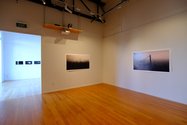

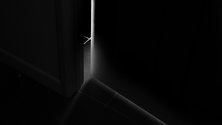
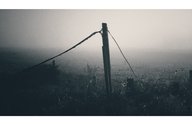
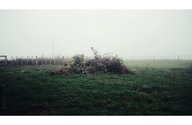
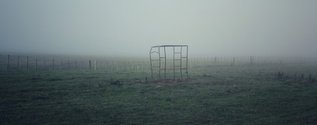
 Advertising in this column
Advertising in this column Two Rooms presents a program of residencies and projects
Two Rooms presents a program of residencies and projects



This Discussion has 0 comments.
Comment
Participate
Register to Participate.
Sign in
Sign in to an existing account.